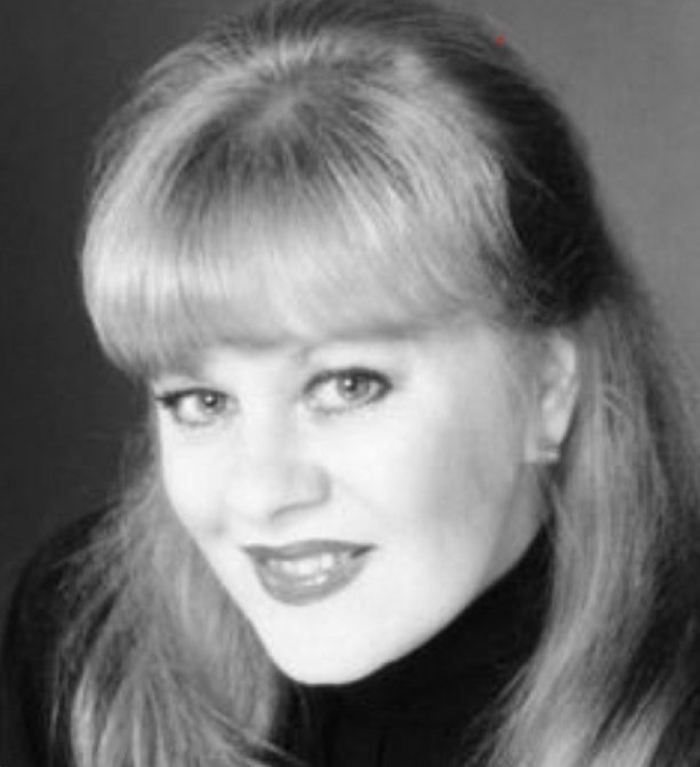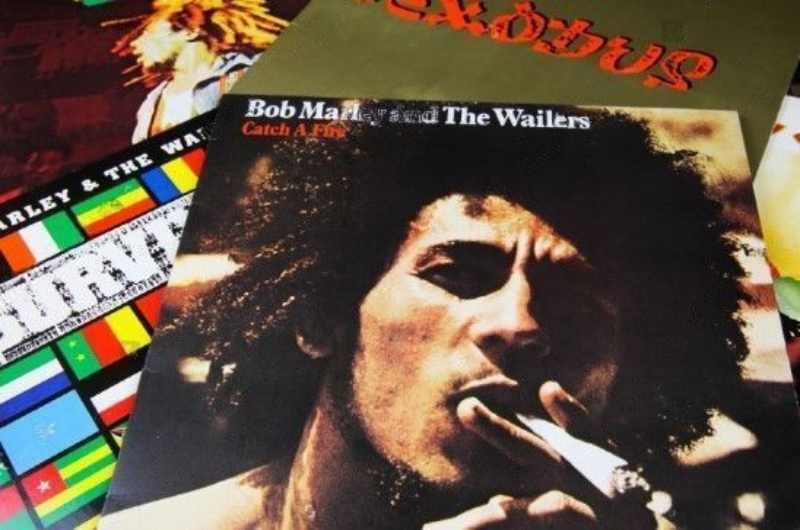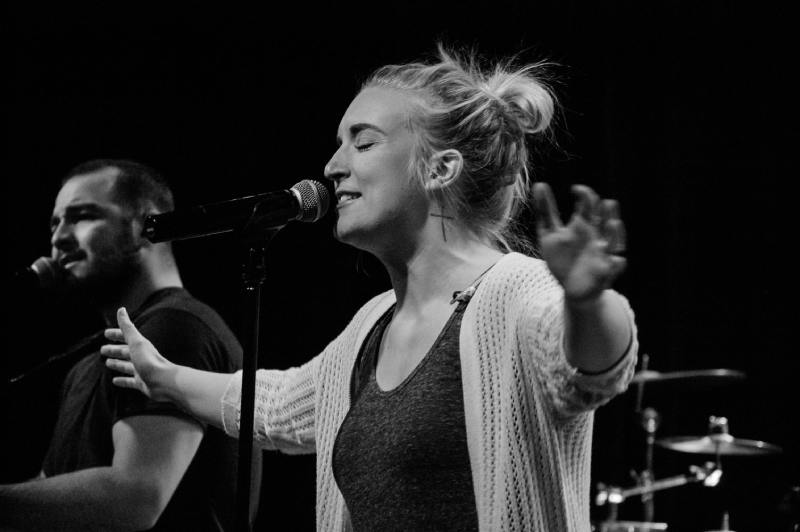Table of Contents
Acknowledgment Of Singers In The 1960s
It’s time we honored the female pop stars of 1960s Australia. Request that somebody name an Australian female pop vocalist of the 1960s, and no doubt they’ll think of Little Pattie. Most famous for her 1963 hit He’s My Blondie Headed, Stompie Wompie, Genuine Gone Surfer Kid. Ask once more, and the odds are good that you’ll stall out mentally. After all other options have been exhausted, some societies of a specific rare could review names like Lynne Randell, Noeleen Batley, and Betty McQuade. Yet, generally, Australia has neglected its ’60s pop young ladies or probably never gave them much consideration in any case.
The US has legends like Nancy Sinatra, Dionne Warwick, Cher, and incalculable others (as well as the entire young lady bunch class of the Shangri-Las, the Shirelles, and the Gems). England has swinging stars like Humdinger, Petula Clark, and the fabulous woman of the ten years, Dusty Springfield. Indeed, even French artist Francoise Solid is presumably more well-known in Australia than her neighborhood partners. So why aren’t our pop ladies of the 1960s more celebrated?
1960s star: Little Pattie.
Bubbly vocalist Marcie Jones, initially an independent craftsman and later of Marcie and the Treats, honestly thinks recording names of the period were less able to take a risk on female specialists. ”Young ladies were more diligent in pushing back then because most of the children that showed up at shows. They purchased records were little kids, and they needed to hear the young men,” she says.
Backing band: Marcie and The Treats.

The facts confirm that the ten years is covered with flop singles by might-have-been, given simply the one wound at fame before being thrown away. Jones got to cut only one dollar without anyone else (the magnificent Calm from 1965) and just two with the Treats before a 1973 independent collection, That Young lady Jones. Indeed, even any semblance of Olivia Newtown John, Denise Drysdale, and Jacki Weaver had dark oddball discharges during the 1960s, dropped by their names before finding distinction years after the fact.
Overall, Australia isn’t perfect at esteeming its creative history. We’ve long held the assessment that anything significant needs to come from abroad. Yet, it appears inside that social flinch there’s another recoil: ladies taking on a supporting role to the men.
Colleen Hewett is quite adored for her deep ”70s hits, including Step by Step; however, she has been singing in front of an audience starting around 1962 and tracked down her initial magic in the fantastic large band The Laurie Allen Revue.
”It’s straightforward,” she says when asked why Australia’s ’60s pop ladies have blurred into indefinite quality. “On the off chance that you’re not getting requested to do TV programs, not getting requested to do gigs, you’re getting neglected.”
Little Pattie
she is, in numerous ways, the exemption from the standard. She kept functioning admirably past her underlying run of accomplishment, yet routinely performs today. ”I recently continued to work,” she says. ”While I realize a few female entertainers halted, resigned early, or chose to do the full-time family thing.”
The ”full-time family thing” undoubtedly cut off the vocations of many ’60s vocalists, albeit the choice was frequently not theirs. ”It was either/or,” says Amphlett. ”Particularly in the mid-’60s, you either had a family or a vocation. You didn’t have both.”
As far as one might be concerned, Marcie Jones picked her profession over adoration and marriage. She was dating heartbreaker vocalist Normie Rowe when he was drafted to serve in Vietnam in 1969 and was supposed to be in Melbourne hanging tight for him on his release a year later. Jones took off on a visit through southeast Asia with the Treats and, in the end, arrived in London, where the band invested energy as Precipice Richard’s supporting entertainers.
”I’ve never experienced that down,” she says now. ”Norm believed us should get hitched before he went to Vietnam, and he needed me at home pausing. Yet, I was 23 years of age, and I needed to see the world. When I returned home, he’d met another person.”
Hewett :
He expresses that you needed to strengthen to be a young lady in a male-overwhelmed circle like Australian ’60s rock’n’roll. ”There I was at 12 years old in a band with all folks, a large portion of them wedded,” reviews Hewett of her starting points in Bendigo, singing consistently with neighborhood bunch the Esquires. ”I guess I got a touch of fellow demeanor. No point was being hesitant. It’s an extreme business, and I just doled out what was dished doing me. Yet, it never got appalling. We as a whole had a comprehension.”
If they weren’t addressed on record, female artists found everyday work at moves, bundle visits, and TV programs, for example, Melbourne’s The Go! Show or Saturday Date in Brisbane. Broadcast into homes around the country, these ladies were occupied, focused, and well-known at that point. After 50 years, yet the recorded proof is restricted to a couple of grainy YouTube cuts.
So with marks, crowds, and cultural perspectives generally piled facing them, is anyone shocked that we commend any semblance of John Farnham, Johnny Youthful, and Normie Rowe yet scratch our heads concerning Euphoria Lemmon, Judy Cannon, and Marcie Jones?
After fifty years, a reappraisal is highly past due. The abundance of elevating, tragic, boisterous, or outright glad music kept by Australian ladies during the 1960s is an irreplaceable asset store and shouldn’t grieve neglected.
Then there’s Judy Gun, who went from singing with the Thunderbirds in late ’50s Melbourne to stay in Britain with dissident maker Joe Quiet and a pre-Driven Dirigible Jimmy Page. Duplicates of her English accounts presently change hands for massive aggregates.
Lynn Randell’s
His exhilarating, energetic adaptation of Heart, created by Norwegian-conceived maestro Sven Libaek, humiliates Petula Clark’s better-known variant. Randell, who passed on in 2007, even had stories of overabundance to equal any hero. On a 1967 US visit, supporting an impossible bill of the Monkees, Jimi Hendrix, and Ike and Tina Turner, she had a concise throw with Monkee Peter Tork. She demonstrated the integrity of what rock student of history Glenn A Dough puncher portrays as ”basically an airborne bash”.
Although they’re not exactly as celebrated as they ought to be, nobody could at any point recommend that these spearheading female pop stars weren’t living it up.
”It was a spectacular time,” says Hewett. ”I think they were my most loved times, truth be told.”
Little Pattie concurs. ”I was a seriously peaceful youngster, yet I was inquisitive and extremely perceptive,” she says. ”So now and then it could have seemed as though I was struggling, yet I was truly living it up, watching every other person.”
Perhaps now, after fifty years, it’s the ideal opportunity for us to focus on young ladies
Also read: Amazing Teenage Skincare Tips
Also read: SpaceX IS BUILDING THE WORLD’S UTMOST POWERFUL ROCKET:TECHNICAL FACTS







